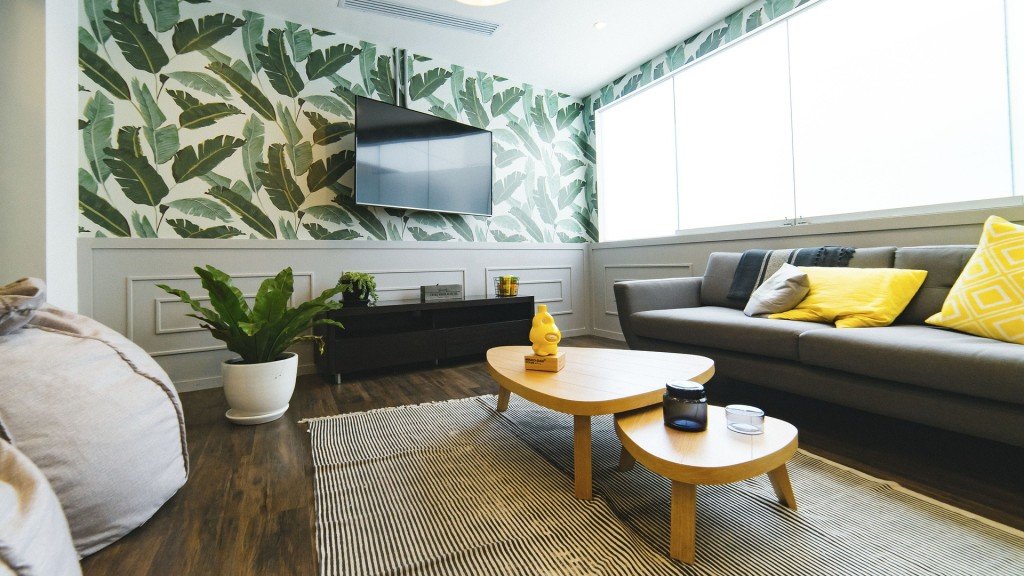Plants are an extremely popular accoutrement in a home or office because of their color, positive energy, and unique spin on decor. Of course, the word "plant" has a wide range of meanings—do you want a tiny little succulent? Or a massive, towering fern, perhaps? You can even use plants to promote good feng shui in your space!

Decorating your space with plants and finding the perfect plant begins with a few questions:
- How much natural light is available in your space?
- How often will I be able to (or remember to) water the plant?
- Do I want a scented plant?
- How big do I want the plant to be?
- Foliage or flower?
- Do you have pets/small children?
- Are you generally allergic to plants?
Let's explore some of these in greater detail.
Plant Buying FAQ's
Natural Light:
I have massive windows and tons of natural light! What should I get?
This is great! There are a wide variety of beautiful plants that thrive on windowsills or in direct sunlight. For maximum sunlight, place in the south window. If your plant needs exposure to softer, more indirect sunlight, place it in an east-facing window.
Here are some top plants that thrive in sunlight: basil, aloe vera, jade plants, and cacti.
Watering:
Some plants can go weeks without needing to be watered, and others are just a bit fussier. If the thought of having to water a plant consistently terrifies you, check out succulents, sago palms, spider plants, and pothos plants.
Scented Plants:
The jury is still out on the effectiveness of how well houseplants clean air in a space, but regardless, adding a light, sweet-scented plant to your space can brighten up your day.
Scent-sational smellers: spearmint, jasmine, basil, eucalyptus.
Big Plants?
Size is a very important factor to consider when buying a plant. Most houseplants are on the smaller side, but if you're ready to advance to the big time, here are some larger plants you could give a try:
Big plants: rubber tree, gardon croton, bird of paradise, dracaena.
Foliage or Flower?
The distinction between these two is that foliage refers to plants that do not bud seasonally, and maintenance is focused on the development of new or larger leaves. Flowering plants are by and large more colorful, but only during the temporary flowering season. Consider this when searching for a plant!
Pets/Small Children?
Unfortunately, one of the hazards of bringing nature into your space is that certain plants may have toxic or poisonous traits.
Here are some of the most common toxic houseplants (although there are many more): philodendron, pothos, lily/peace lily. For a larger, but not fully comprehensive list, reference this page. If you have little ones, cats, or dogs in your space, always google your plants before purchasing.
Allergies
Unfortunately, allergies can plague even people with the toughest immune system. Do away with that pesky pollen and get these hypoallergenic plants: peace lilies, pothos, and philodendrons.
Now that you've considered the basics, here some extra tips to keep in mind depending on your space!
How to Decorate with Plants in an Office

Plants in offices have a major benefit for workers, ranging from decreased stress to increased productivity. Employees will often have plants at their own personal desks, which will help relax the coworker and bring some of the outside world into a dark cubicle.
For plants in the office, try to get plants that do not take up too much space or encroach on your neighbor's area. Additionally, plants that need to be watered often may be a spill-risk for the space.
Lastly, and potentially most importantly, be mindful of those in your office and potential allergens that your plant generates.
With all that in mind, go crazy!
How to Decorate with Plants in a Home

Regardless of if you live in an apartment or a house, you have a much greater degree of control over the plants you purchase, as you do not need to account for any potential issues with office mates.
One fun way to spice up your plant life is to buy fun new pots for your house plants! Go to thrift stores or secondhand stores to see what fun, quirky pots and vases they have in stock. Additionally, make it a craft day and paint your own!
If you're trying to make it your space a little bit more chic, you can buy pots in analogous or complementary colors to your wall or wall art color. This color calculator is a fun tool!
If you have access to a balcony or outdoor space, your options just got a whole lot more fun. Buy planters you can hang (you can also do this inside if you own your area or get permission from the landlord) to add some green verticality. Hanging plants are a blast! Additionally, invest in a cheap raised bed and some potting soil, and you can really indulge your green thumb. Plant flowers or even a little herb garden!
Alternatives:
A pro of fake plants is that they are low maintenance, not requiring water, dirt, or sunlight to grow. The primary con is that unlike real plants, they do not provide the feeling of satisfaction nor the reward of helping a living thing grow. Additionally, they can appear plasticky and not natural.

If you love the image of plants but are not sure if covering your space with them is the right move, a Limitless Walls floral or botanical wall mural may be right up your alley!


